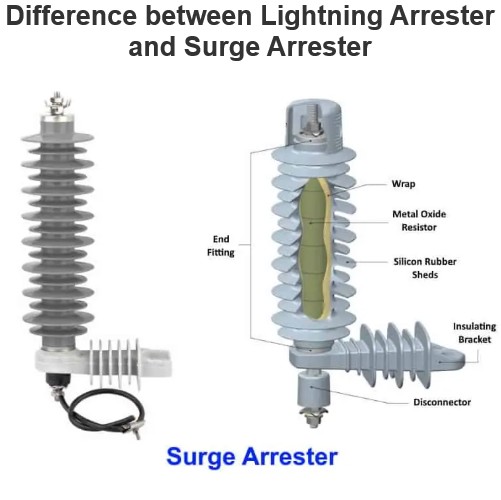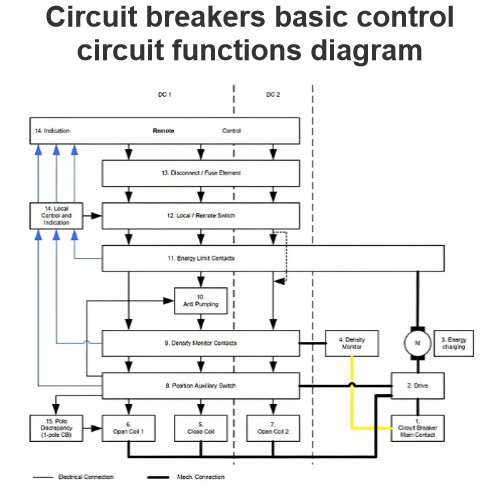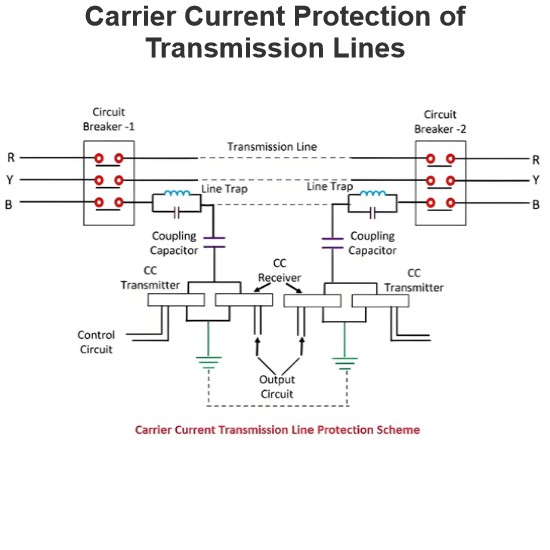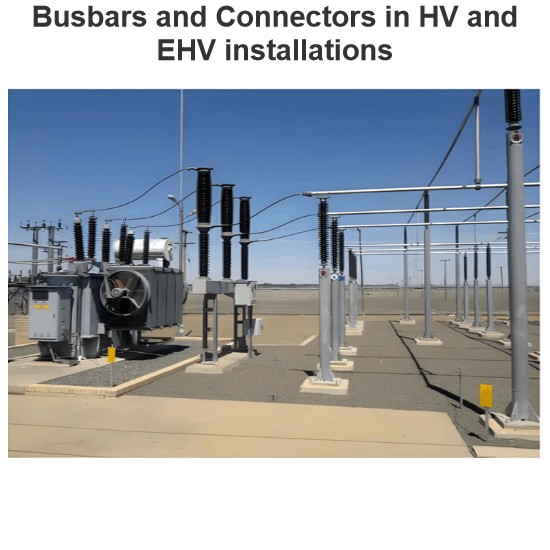Why does the resistance of a galvanometer increase over time?
A galvanometer is an instrument used to detect and measure small currents. Over time, the resistance of a galvanometer may increase due to several reasons:
1. Increased Contact Resistance
Oxidation of Contacts: The contacts in a galvanometer, such as terminals and switches, can oxidize due to exposure to oxygen in the air, forming an oxide layer. This oxide layer increases the contact resistance.
Dirt and Dust Accumulation: Over time, dust and dirt can accumulate on the contacts, further increasing the contact resistance.
2. Material Aging
Aging of Wires: The internal wires of the galvanometer may age over time, leading to an increase in their resistance. Aging can be due to physical degradation or chemical changes in the material.
Aging of Components: Other components in the galvanometer, such as resistors and capacitors, may also age over time, degrading their performance and affecting the overall resistance.
3. Environmental Factors
Temperature Changes: Temperature variations can affect the resistivity of materials. High temperatures can increase the resistance of wires and other components.
Humidity: High humidity environments can cause corrosion of metal parts, increasing contact resistance.
4. Mechanical Wear
Wear and Deformation: Over time, mechanical parts inside the galvanometer, such as springs and pointers, can wear out or deform, affecting their contact performance and increasing resistance.
Loosening: Loose mechanical parts can also lead to poor contact, increasing resistance.
5. Internal Contamination
Internal Pollutants: Internal pollutants, such as oil and dust, can accumulate inside the galvanometer, increasing internal resistance.
6. Degradation of Magnetic Materials
Degradation of Magnetic Materials: The magnetic materials in the galvanometer, such as permanent magnets, can degrade over time, leading to a reduction in magnetic field strength and affecting the sensitivity and performance of the galvanometer.
Solutions
To reduce the increase in resistance of a galvanometer, the following measures can be taken:
Regular Cleaning: Regularly clean the contacts and internal components of the galvanometer to remove oxidation and dirt.
Moisture and Corrosion Protection: Keep the galvanometer in a dry and well-ventilated environment to avoid high humidity and corrosive gases.
Replace Aging Components: Timely replace aged wires, resistors, and other components.
Calibration and Maintenance: Perform regular calibration and maintenance to ensure the stable performance of the galvanometer.
Protective Measures: Use dust covers, seals, and other protective measures to reduce the impact of external pollutants.
Summary
The increase in the resistance of a galvanometer over time is mainly due to increased contact resistance, material aging, environmental factors, mechanical wear, internal contamination, and degradation of magnetic materials. By performing regular maintenance and care, these issues can be effectively reduced, extending the lifespan of the galvanometer.
The Electricity Encyclopedia is dedicated to accelerating the dissemination and application of electricity knowledge and adding impetus to the development and innovation of the electricity industry.













